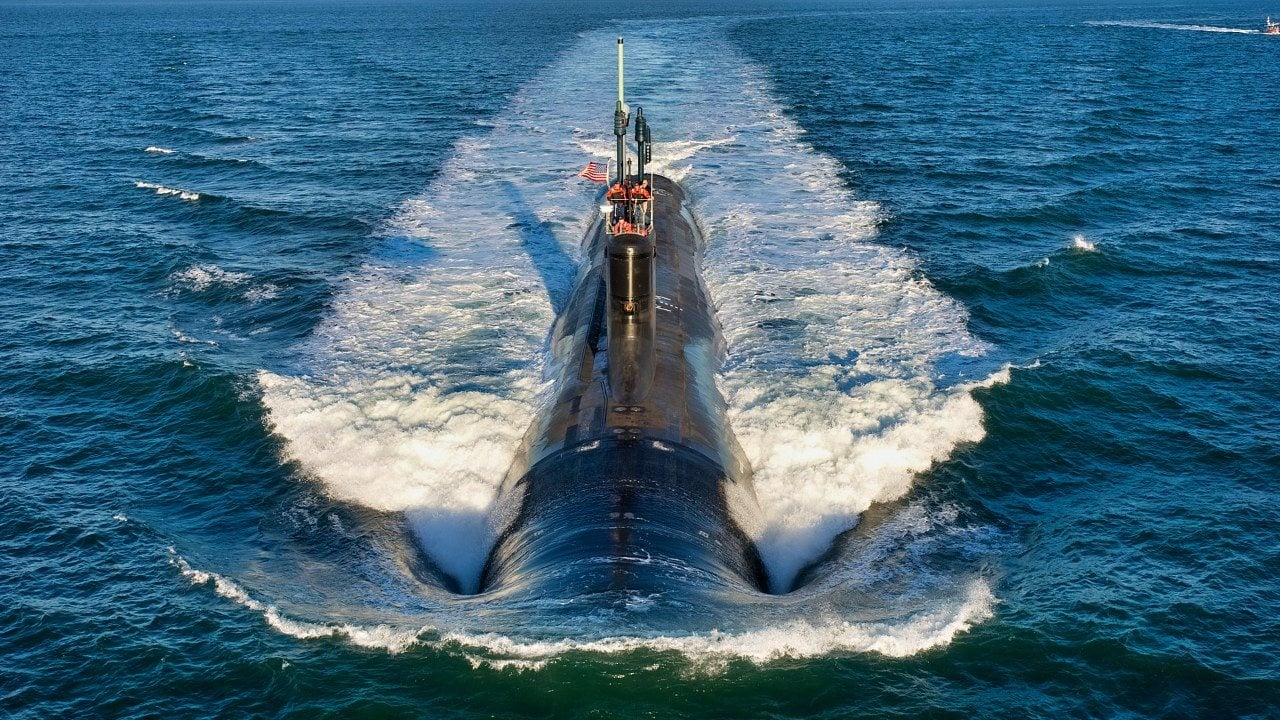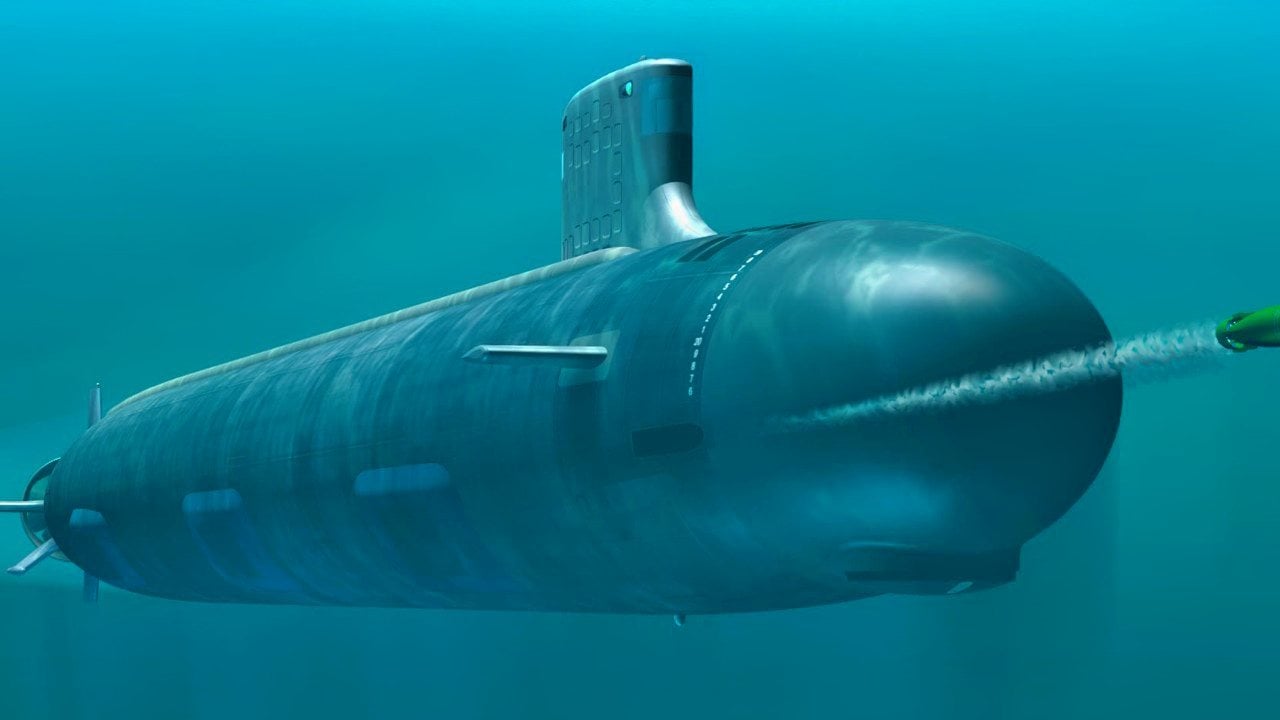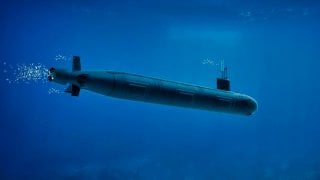SSN(X): The Navy Has Big Plans for a New Stealth Submarine
Designated as the SSN(X), the service’s next-gen attack submarine is expected to blow competitors out of the water once introduced. The upcoming program is a critical component of the Navy’s submarine force and will help the U.S. retain naval superiority in the forthcoming decades.
SSN(X) Submarine Explained: While the U.S. Air Force’s Next-Generation Air Dominance (NGAD) program has gained media attention recently, the Navy’s future Virginia-class submarine replacement needs its place in the analysis 'sun' as well.
Designated as the SSN(X), the service’s next-gen attack submarine is expected to blow competitors out of the water once introduced. The upcoming program is considered a critical component of the Navy’s submarine force and will help the U.S. retain naval superiority in the upcoming decades.
As China and Russia simultaneously work to develop their respective sixth-generation platforms, the race to produce the SSN(X) is on.
A Brief Overview of SSN(X)
A decade ago, the Navy first publicly disclosed the existence of the SSN(X) program.
Initially, the service expected to complete an analysis of the submarine’s requirements by 2024 and to commence construction on the vessel by the mid-2030’s. The current Virginia-class submarines are still being churned out by General Dynamics Electric Boat and Huntington Ingalls Industries.
The first SSN(X) is planned to hit the waters after the last planned Virginia boat enters service. In 2023, the Navy’s budget request for Fiscal Year 2022 included roughly $30 million for the general class development of the SSN(X), in addition to more than $68 million for developing the submarine’s nuclear propulsion.
The Navy has been purchasing Virginia-class submarines at a rate of two boats yearly since Fiscal Year 1998. As the first submarines in the Navy to be developed with aids such as 3D visualization technology CATIA, the Virginia ships were truly cutting-edge vessels when first introduced.
Today, 21 Virginia-class submarines have been commissioned so far. Most of these submarines are derived from the earlier Block I-III classes while three Block IV ships sail the seas today.
The latest Block V variant is considered to be the most capable in the family of submarines. Notably, the latest iteration will be able to perform seabed warfare capabilities using its new Virginia Payload Module. This VPM will expand the boat’s armament-carrying capabilities as well.
An 84-foot section will be incorporated on the submarine that will specifically be used to accommodate the four new vertical launch tubes that will be fitted to the vessel. Each new Block V Virginia-class submarine will also be equipped with the latest Tomahawk Block V missiles, enabling an anti-ship capability to the existing land-attack mode.

The Virginia-class manufacturers - Newport News Shipbuilding and Electric Boat - will also construct the new SSN(X)-class submarines down the line as they are the only facilities with the capacity to build nuclear-powered SSNs. When the Fiscal Year 2022 budget request was drawn up, the Navy explained how a next-generation submarine class would differ from the latest Virginia-class Block V iteration.
The service detailed that the upcoming submarine class will be designed primarily for increased transit speed under greater stealth conditions in a range of ocean environments. Additionally, the SSN(X) will be built to carry a greater array of payloads and will be able to perform multi-mission functions with a “renewed priority” in the antisubmarine warfare (ASW) mission against threats in large numbers. Comparably, when the Virginia-class boats were first conceptualized, they were built to primarily perform multi-mission dominance in the littoral.
Specifically, the Navy added: “SSN(X) will be designed to counter the growing threat posed by near peer adversary competition for undersea supremacy,” the statement explains. “It will provide greater speed, increased horizontal payload capacity, improved acoustic superiority, and higher operational availability. SSN(X) will conduct full spectrum undersea warfare and be able to coordinate with a larger contingent of off-hull vehicles, sensors, and friendly forces. It will retain and improve multi-mission ... capability and sustained combat presence in denied waters.”

What Do We Know About the SSN(X)?
While little information surrounding the exact specifications of the SSN(X) program have been revealed by the service, some analysts have offered speculation of the upcoming submarine. One prediction speculates that the new fast attack vessels could be fitted with larger flank arrays, a quieter electric drive propulsion, additional torpedo tubes and even laser weapons.
Others believe the SSN(X) will exhibit some characteristics incorporated into the earlier Seawolf-class submarines.
Commissioned in the late 1990s, the Seawolf class became the quintessential Cold War vessel. Able to travel at speeds in excess of 20 knots silently and up to 35 knots at a maximum, the Seawolf ships could outpace the Soviet’s ballistic submarines. Hopefully, the SSN(X) will be just as fast and heavily armed as the Seawolf ships.
The next-generation submarine program could also emulate the previous Columbia-class design, which will replace the aging Ohio-class vessels as they are introduced. The Columbia-class nuclear-powered ballistic missile submarines are being designed with an extensive service life of more than four decades. Since the Navy is spending quite a pretty penny on its SS(X), mirroring this lengthy service life would be ideal.
About the Author: Maya Carlin
Maya Carlin, National Security Writer with The National Interest, is an analyst with the Center for Security Policy and a former Anna Sobol Levy Fellow at IDC Herzliya in Israel. She has by-lines in many publications, including The National Interest, Jerusalem Post, and Times of Israel. You can follow her on Twitter: @MayaCarlin.


